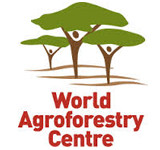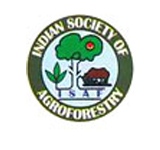
Vigyan Bhavan & Kempinski Ambience
10 - 14 February 2014
Delhi, India
blog
In their editorial review for a special edition of the journal Current Opinion in Environmental Sustainability, Mark Stafford Smith of CSIRO and Cheikh Mbow of World Agroforestry Centre (ICRAF) give compelling examples of the complex challenges the agroforestry researcher works through in analyzing the interactions between people, trees and agriculture. The complexity arises in large part because the interactions happen within dynamic landscapes that are also influenced by policy decisions, market forces, and climate change.
“These social–ecological interactions are not mutually exclusive and require systemic approaches,” say the authors, who based the editorial on the 23 articles published in the special journal edition.
Take for instance the issue of drivers (causes) of deforestation in Africa. These are intimately linked with the growing demand for commodities, fuelwood and charcoal, and could be addressed through sustainable intensification using agroforestry practices. Yet this growth in demand, itself, can also encourage on-farm intensification, by stimulating the market.
On the issue of gender equity, agroforestry has the potential to offer substantial benefits to women, e.g. by bringing fuelwood close to the home. These gender outcomes happen at the same time as trees on farms provide households with nutrition, income from non-timber products (e.g. shea fruits), and a range of ecological services.
Click here for full article






